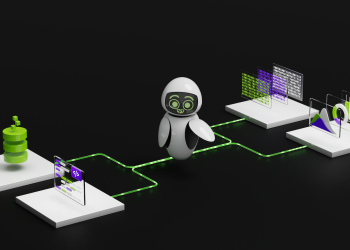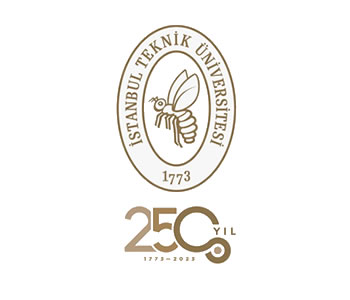instruction set architecture, because no one will grant us the rights to do so. Therefore, processors with different ISAs — such as Elbrus — will be products at domestic fabs.”
Taiwanese authorities restricted the supply of more advanced chips to Russia and Belarus after Russia invaded Ukraine in early 2022, a move that coincided with Russia’s efforts to revive its own semiconductor production sector. For now, the Russia-based fab has completed development of a lithography tool that can produce chips using a 350 nm-class fabrication process, although mass production has yet to commence. Additionally, ZNTC is developing a tool capable of a 130nm fabrication process, so it remains to be seen when Russian tools will be capable of a more advanced fabrication technology.
However, Russia also reportedly smuggles ASML’s PAS 5500-series systems, as well as spare parts for them, into the country. The most advanced versions of ASML’s PAS 5500-series scanners, equipped with an ArF laser with a 193nm wavelength, can get to a resolution of 90nm (PAS 5500/1150C) and below.
MCST expects to be the first to deliver a high-performance CPU from a domestic plant that meets the performance needs of Russian enterprises. Trushkin argued that relying on foreign CPUs poses unacceptable risks for national information systems, so the country needs to rely on domestic hardware (i.e., no Arm, no x86). He acknowledged that such a transition involves major obstacles, notably the need to port software to a new hardware environment. According to Trushkin, transitioning from x86 or Arm-based designs to alternatives like Elbrus involves addressing compatibility and optimization challenges.
Another speaker, Dmitry Gusev of InfoTeKS, questioned the viability of Elbrus adoption. He recalled an earlier attempt roughly six or seven years ago to integrate Elbrus processors into his company’s systems, which was abandoned due to a shortage of personnel able to adapt software for the ISA. At the time, no solution was available to resolve the skills gap.
Gusev recommended a shift in focus toward building a supportive ecosystem around Elbrus through educational and institutional investments first, before deploying them for something more serious. Rather than enforcing adoption through regulatory pressure, he argued that the government should instead encourage universities and training centers to cultivate talent, so that companies would no longer be forced to compete for the same limited pool of qualified specialists in five to eight years.









